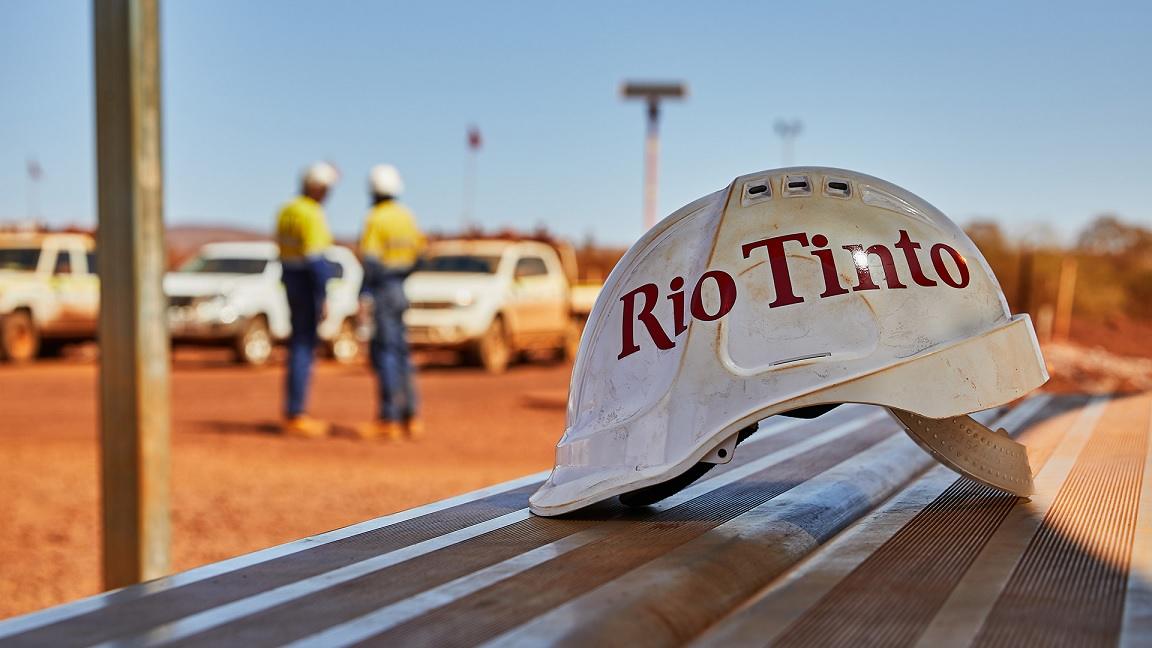Rio Tinto To Invest $143 Million In New Low Carbon Steel Project

Global mining and metals company Rio Tinto (RIO) announced plans to develop a new facility in Western Australia, aimed at testing the effectiveness of a new low-carbon ironmaking process, including a pilot plant to test production at a semi-industrial scale.
Rio Tinto expects to invest $143 million (A$215 million) in the project, which the company said will support the decarbonization of the steel value chain.
Steelmaking is one of the biggest emitters of CO2 globally, with total greenhouse gas emissions (GHG) from the sector accounting for 7% – 9% of direct emissions from the global use of fossil fuels. As manufacturers globally aim to decarbonize their supply chains, demand for steel produced using fossil-free energy is expected to increase significantly.
Rio Tinto has set climate goals to reduce greenhouse gas emissions by 15% by 2025 and 50% by 2030, and to achieve net zero by 2050. Steelmaking accounts for nearly 70% of the company’s Scope 3 emissions.
The new low-carbon ironmaking process, BioIron, was invented by Rio Tinto’s steel decarbonisation team. The process uses raw biomass and microwave energy instead of coal to convert Pilbara iron ore to metallic iron in the steelmaking process. In the process, iron ore fines are mixed with raw biomass material, such as agricultural waste, and heated using a combination of gas released by the biomass and high-efficiency microwaves powered by renewable energy, to create metallic iron.
According to Rio Tinto, when combined with the use of renewable energy and carbon-circulation by fast-growing biomass, BioIron has the potential to reduce carbon emissions by up to 95% compared with the current blast furnace method. The process also uses less than a third of the electricity of other technologies, such as those using hydrogen.
Rio Tinto said that the new plant will mark the first time that the new steelmaking process has been tested at a semi-industrial scale, with the new facility ten times larger than its Germany-based predecessor, and capable of producing one tonne of direct reduced iron per hour. The project will also provide data to inform further scaling of the technology to a larger demonstration plant.
Fabrication of the equipment will begin this year, with commissioning expected in 2026.
Rio Tinto Iron Ore Chief Executive Simon Trott said:
“The world needs low-carbon steel to reach net zero, and we are working to make this a reality by finding better ways to turn our Pilbara ores into steel. BioIron is a world-first technology that has the potential to play a significant role in a low-carbon steel future.”
More By This Author:
Google Signs Its First Renewable Energy Purchase Deals In Japan
IFRS, GRI Collaborate On Interoperability For Sustainability Disclosure Standards
Biden Quadruples Tariffs On China EVs, Batteries



